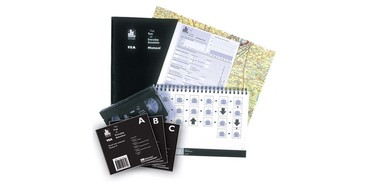Test of Everyday Attention (TEA) measures three aspects of attention — selective attention, sustained attention, and attentional switching — using everyday materials
Test of Everyday Attention
TEA
Test of Everyday Attention (TEA) measures three aspects of attention — selective attention, sustained attention, and attentional switching — using everyday materials‹ View all tests and materials
TEA Complete Kit (USB)
9780749171803
Qualification Level
B
Includes Manual, Pack of 25 Scoring Sheets, Cue Book, Stimulus Cards, Maps and USB in a bag
£564.90